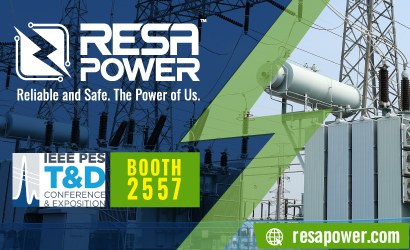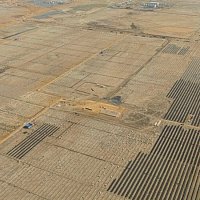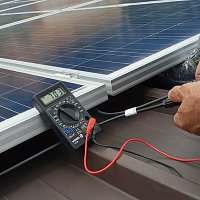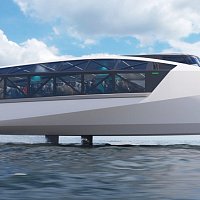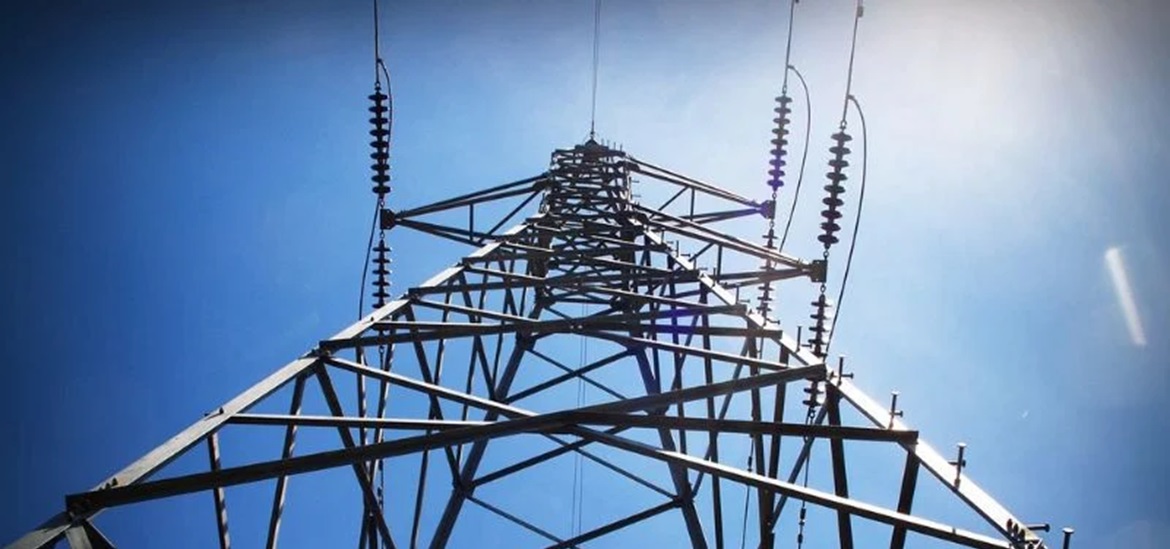
In response to the challenges posed by the traditional one-way power flow grid, Intel has forged a strategic alliance with the Edge for Smart Secondary Substations (E4S) Alliance. As the demand for renewable energy surges nationwide, the existing grid infrastructure, initially designed for centralized energy production, struggles to accommodate the decentralized nature of wind and solar power generation.
A defining characteristic of conventional electrical grids is their one-way energy flow, a structure outdated in the context of today's renewable energies and decentralized power generation. Intel's solution, developed in collaboration with the E4S Alliance, envisions a shift from the rigid, linear power system to a flexible, software-defined energy network. This modernized grid incorporates Intel's hardware, software, artificial intelligence (AI), and communication technology at the substation level, enabling real-time decision-making, optimizing energy source selection, and enhancing the grid's ability to accommodate renewable and intermittent clean energy sources.
As Intel and the E4S Alliance conduct field trials through 2024 and aim for global adoption, the significance of this technological leap becomes apparent. The shift from a traditional one-way grid to a dynamic, intelligent network marks a critical step in addressing the modern world's energy challenges. Furthermore, the environmental impact could be substantial, with Intel estimating that implementing this solution in a single substation could equate to removing up to 1,800 gasoline-powered cars from the road.
Source: eepower.com






